
Heart Attack Symptoms Don't Always Announce Themselves So Dramatically In Real Life
A heart attack, in medical language, is known as sudden coronary thrombosis. Coronary thrombosis is the coagulation of blood in the heart vessels. The most common cause of coronary thrombosis is hypercholesterolemia (an increased level of cholesterol in blood). An increase of cholesterol in the blood is a slow process that does not cause any severe symptoms. Heart attack symptoms are initially so mild that most people ignore them. Severe symptoms develop when a coronary artery is partially blocked. When a complete vessel is blocked due to thrombosis or obstruction, it suddenly causes a heart attack.
- Important notification about information and brand names used in this slideshow!
- Photo courtesy of Tina Lawson by Flickr : www.flickr.com/photos/ddfic/2729030131/
- www.webmd.com/heart-disease/features/recognizing-heart-attack-stroke-angina
- http://www.heart.org/HEARTORG/Conditions/911-Warnings-Signs-of-a-Heart-Attack_UCM_305346_SubHomePage.jsp
- http://www.heart.org/HEARTORG/Conditions/HeartAttack/WarningSignsofaHeartAttack/Heart-Attack-Symptoms-in-Women_UCM_436448_Article.jsp
- http://ehealthmd.com/content/heart-attack-or-some-other-condition#axzz2gSjpfMOn
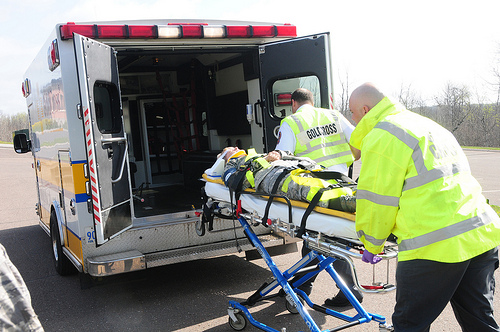
Do Not Delay Your 911 Call
Pain in the left arm, chest, jaw, or shoulder is alarming. It should be kept in mind that heart disease pain typically presents as a new chest pain that feels like someone is pressing your chest with great pressure. This pain usually radiates to the left shoulder (or scapula bone) and jaw. It is relieved with rest and gets worse with exertion or physical activity. If you experience such symptoms you must immediately call 911. Many people lose their lives just because they ignore the symptoms and try to treat themselves at home with pain killers.
- Important notification about information and brand names used in this slideshow!
- Photo courtesy of Minnesota National Guard by Flickr : www.flickr.com/photos/minnesotanationalguard/7203392710/

Characteristics Of Chest Discomfort Or Pain
Chest pain or discomfort is the initial symptom that indicates something going wrong with your heart. A sudden pain that feels like someone has put a heavy weight on your chest is a sign of coronary thrombosis that may end up in a heart attack. The chest pain usually begins with exertion like climbing stairs, running, lifting heavy objects, or exercising. The pain gets worse with physical activity and fades away with rest. After onset, the pain radiates to the left shoulder, arm, and jaw. Patients usually present with chest tightness and breathing difficulty.
- Important notification about information and brand names used in this slideshow!
- Photo courtesy of Anais Gómez-C by Flickr : www.flickr.com/photos/sweet_vengeance/3974797856/

Upper Body Pain
Along with chest pain, you may also experience pain in other parts of your upper body. No doubt, chest pain is a typical feature of a heart attack but tightness of the chest, discomfort or pain in the shoulders – typically the left shoulder, and dull pain in the jaw are some other features of a heart attack. Pain and discomfort in the upper body may mimic the signs and symptoms of gastritis, esophagitis, and pneumonia. Some people experience tightness in the neck muscles, especially in the early morning. Chest pain may not be a presenting symptom; a patient may complain of discomfort or not feeling well. He may not be able to identify the chest pain and may not be able to explain his pain.
- Important notification about information and brand names used in this slideshow!
- Photo courtesy of Shayan Sanyal by Flickr : www.flickr.com/photos/ssanyal/441258950/
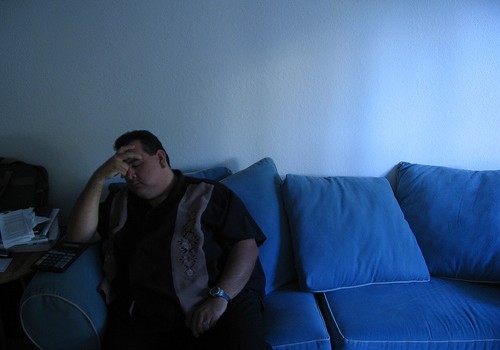
Shortness Of Breath And Other Signs
Besides chest pain, there are several other signs and symptoms that may indicate a heart attack. Shortness of breath is one of them. After the development of pain, the patient starts to experience breathing difficulty. The New York heart association (NYHA) has classified shortness of breath in four levels. No shortness of breath is stage 1, shortness of breath on exertion is stage 2, shortness of breath on minimal exertion is stage 3, and dyspnea at rest is stage 4. Patients usually present at stage 3 or 4. Other signs of a heart attack include sweating, rapid breathing, and nervousness.
- Important notification about information and brand names used in this slideshow!
- Photo courtesy of Steven Perez by Flickr : www.flickr.com/photos/silas216/549919304/
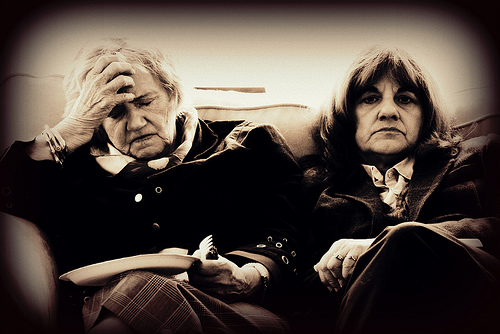
Women Show Different Signs
Most signs and symptoms of heart attack are the same in men and women but the same feature may appear differently. Chest pain and discomfort is the most common symptom of a heart attack in women but women may experience this pain in a different way. The chest pain women experience when they have a heart attack may feel like squeezing or fullness in the chest and the pain can be anywhere on the chest, not only on the left side. Pain in the arms, neck, back, and jaw is more commonly seen in women than in to men. Sometimes women feel a severe abdominal pain and they feel like a heavy weight is put on their stomach. Some other signs of heart attack in women include nausea, stomach fullness, sweating, shortness of breath, and lightheadedness.
- Important notification about information and brand names used in this slideshow!
- Photo courtesy of Angie Garrett by Flickr : www.flickr.com/photos/smoorenburg/3484245281/
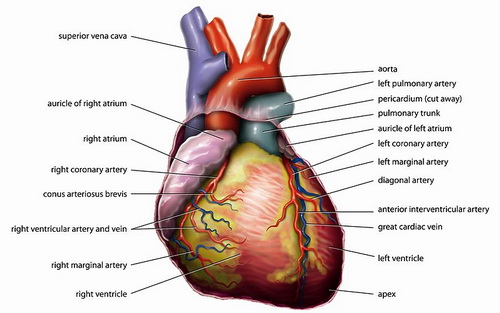
Heart Attack Can Be Misdiagnosed
There are several other conditions that cause the same symptoms as a heart attack. Patients may experience chest pain in several medical conditions like pneumonia, gastritis, peptic ulcer, pancreatitis, and esophagitis. Severe upper abdominal pain and stomach fullness in women is usually misdiagnosed. This is because a woman with a heart attack may complain of feeling like an elephant sitting on her stomach. She complains of severe pain in the stomach and thinks that she cannot breathe properly of it.
- Important notification about information and brand names used in this slideshow!
- Photo courtesy of Tvanbr by Wikimedia Commons : en.wikipedia.org/wiki/File:Anatomy_Heart_English_Tiesworks.jpg
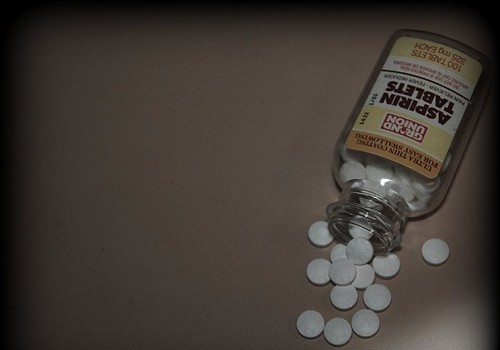
What To Do In Case Of Heart Attack
A heart attack can be fatal and should be managed aggressively. If someone experiences the signs and symptoms of a heart attack, the emergency services should be called immediately. Call an ambulance rather than driving the person to hospital yourself. This is because the patient should be given oxygen if he’s experiencing shortness of breath. Paramedics may also give a tablet of morphine to reduce chest pain and nitrates to relieve symptoms. Proper management in the ambulance may save the patient's life.
- Important notification about information and brand names used in this slideshow!
- Photo courtesy of Stephen by Flickr : www.flickr.com/photos/lemondeparvosyeux/2156055174/

To Be Sure Always Call 911 Immediately
Calling 911 is the best thing to do in case you experience any signs and symptoms that are similar to that of a heart attack. The individuals who have modifiable or non-modifiable risk factors of heart attack must be very cautious. Such individuals must call 911 or emergency helpline of their respective country to make sure that they are safe. People who have had a prior heart attack must get their blood tested 3 to 4 times every year. The most important tests include ECG, lipid profile (cholesterol levels), and a blood sugar test. Moreover they must have a blood pressure apparatus with them and must check their blood pressure at least once a day. If you experience chest pain, immediately call 911 even if your vitals (blood pressure, pulse, etc.) are within normal limits.
- Important notification about information and brand names used in this slideshow!
- Photo courtesy of Adrià García by Flickr : www.flickr.com/photos/adriagarcia/852921022/

Can Heart Attack Be Prevented?
A heart attack is a medical emergency but it can be prevented easily. There are two kinds of risk factors for a heart attack, modifiable and non modifiable. Non modifiable risk factors include age, family history, gender, and race. These factors are not in a person’s control but a person can easily prevent a heart attack by controlling modifiable risk factors. These factors include hypertension, smoking, diabetes, hypercholesterolemia, a sedentary lifestyle, and alcohol. Exercise is the best way to prevent heart diseases because exercise helps to reduce cholesterol, hypertension, diabetes, and many other chronic diseases that may cause heart attack.
- Important notification about information and brand names used in this slideshow!
- Photo courtesy of Boca Dorada by Flickr : www.flickr.com/photos/bocadorada/2058964031/





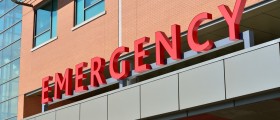



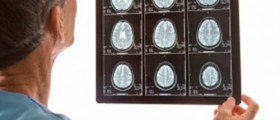

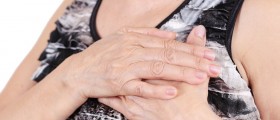

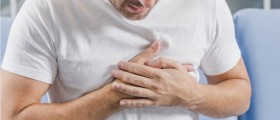



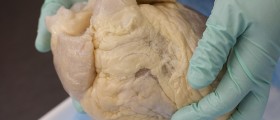

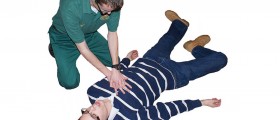







Your thoughts on this
Loading...